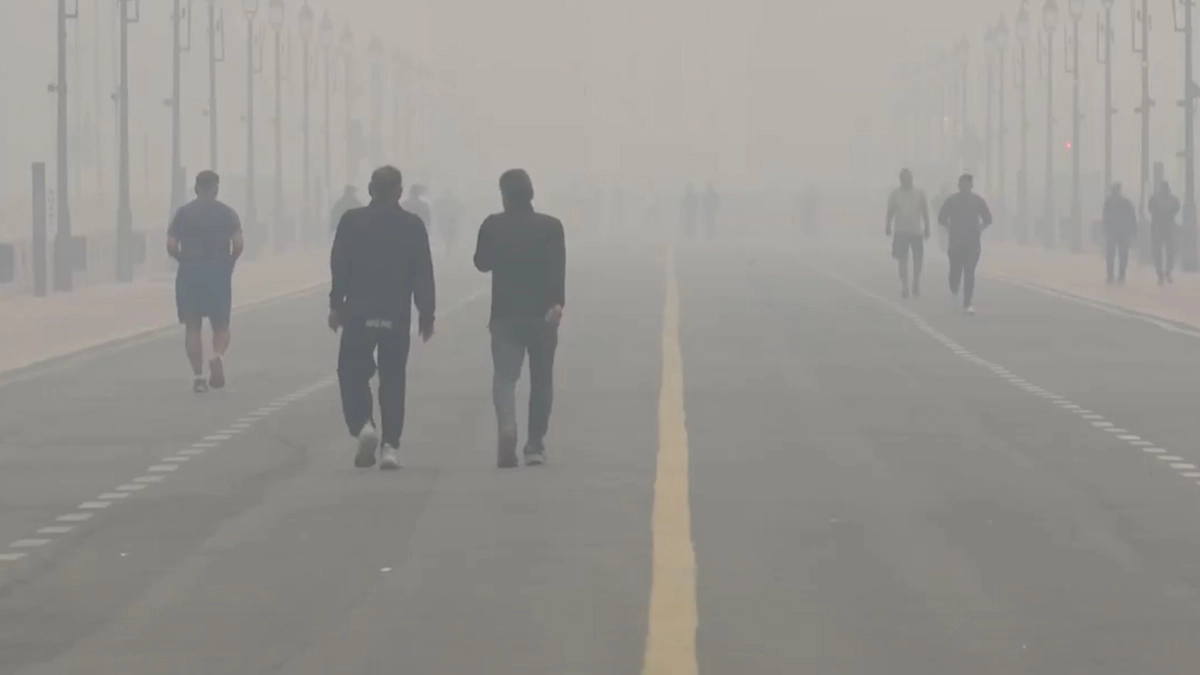Copyright latestly

New Delhi, October 30: The onset of November is expected to bring colder and foggier mornings to Delhi and the National Capital Region (NCR), even as pollution levels continue to climb. According to the India Meteorological Department (IMD), minimum temperatures will begin to fall from November 1, while maximum temperatures will hover around 30 to 31 degrees Celsius. The weather department has ruled out any chance of rainfall in the coming days. From October 30 to November 4, the sky will remain clear, but light fog and mist are likely during early mornings and evenings, the IMD said. On Thursday, the capital is expected to record a maximum temperature of 30 degrees Celsius and a minimum of 18 degrees, which may further drop to 17 degrees by November 1. Meteorologists predict that temperatures will continue to decline gradually, marking the early signs of winter. However, this fall in temperature is likely to aggravate air pollution levels in the region. Delhi Air Quality: AQI Continues To Remain in ‘Very Poor’ Category in National Capital (Watch Videos). Weather experts explain that cold and dry air traps pollutants near the surface, leading to a rapid deterioration in air quality. With no rain to wash away the pollutants, the Air Quality Index (AQI) across Delhi-NCR is projected to remain in the “poor” to “very poor” category in the coming days. In response to worsening conditions, the Commission for Air Quality Management (CAQM) and other environmental agencies are expected to implement the next phase of the Graded Response Action Plan (GRAP) soon. The stricter measures may include a ban on construction and demolition activities, restrictions on truck entry, intensified road cleaning, and regular water sprinkling to control dust. Delhi Air Pollution: CAQM Imposes Strict Ban on Entry of Non-BS-VI Commercial Vehicles Into National Capital From November 1. Humidity levels are expected to fluctuate between 60 and 85 per cent, increasing the likelihood of fog and smog formation, especially during morning and evening hours. Health experts have advised residents to limit outdoor exposure, particularly for children and the elderly, and to wear masks when stepping outside. If the dry spell continues, the air quality may worsen further in the first week of November, potentially causing respiratory issues and eye irritation among residents. The drop in temperatures is being felt beyond Delhi-NCR as well. From Uttar Pradesh and Bihar to Madhya Pradesh, people have switched off fans and air conditioners, with many now sleeping under light blankets. Winter is slowly setting in across North India. While Delhi and Uttarakhand are experiencing a mild chill, parts of Uttar Pradesh are witnessing colder weather due to rain and strong winds. Meteorologists predict that temperatures across the region will fall further in the first week of November, officially marking the arrival of winter.



